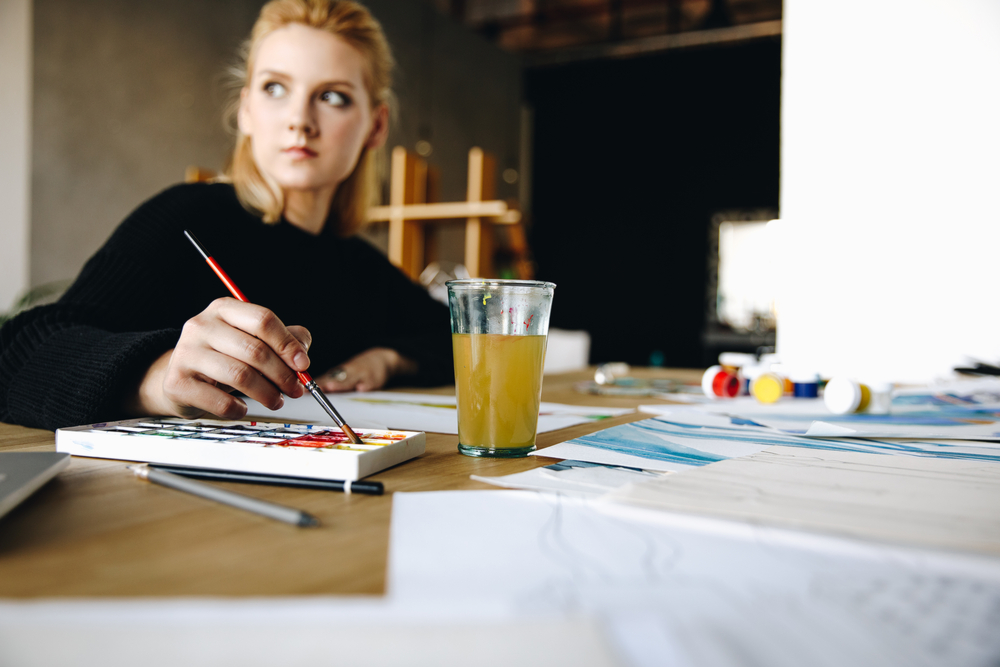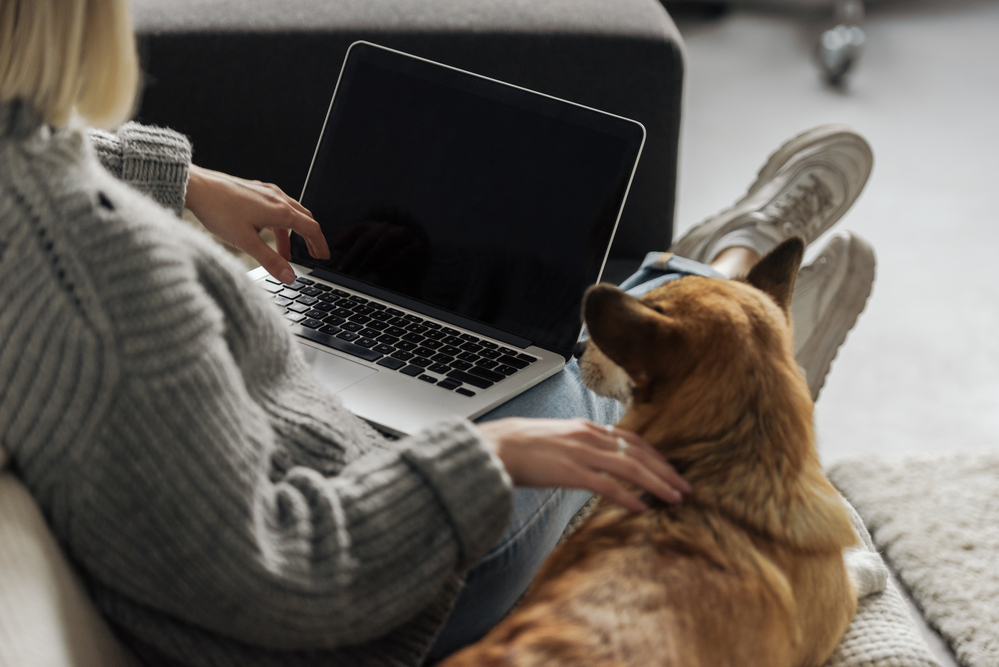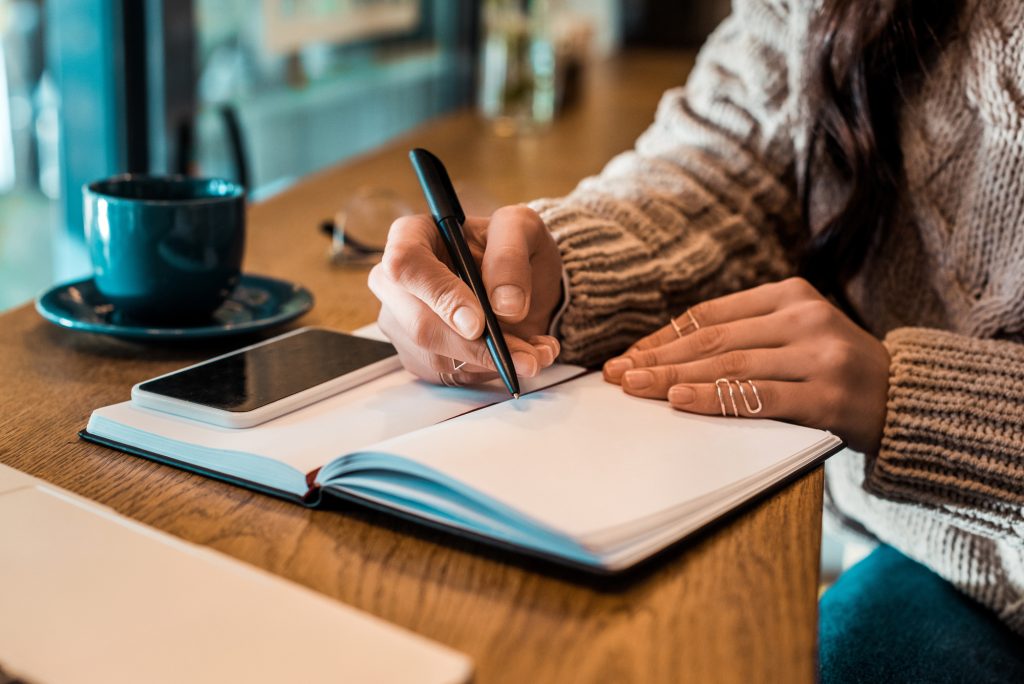Creative Rituals: Build Your Perfect Work Routine
Biographies teach us that success comes with self-discipline and perseverance, not just talent or luck. To become a world-recognized writer or business visionary, one needs to work hard, even when struggling with a bad mood, boredom, or side thoughts.
Is there any tool to make the process more enjoyable? A creative ritual might be the answer. When idea-generation becomes an integral part of your daily routine, you reduce stress over executing creative tasks and reach better results by keeping your mind focused.
How can you start practicing creative rituals? Which of them lead to higher productivity? Why aren’t all rituals healthy? Let’s find out!

What is a creative ritual?
J.K. Rowling trained herself to write in noisy cafes, Ludwig van Beethoven counted sixty beans for each of his coffee cups, and Steve Jobs kept his wardrobe simple to reduce a number of decisions he needed to make daily.
Rituals come in many forms. Some of them are directly connected to creative activities (take Hemingway with the seven sharpened pencils he needed before writing). Some are aimed to raise serotonin and energize (early-morning exercises by Joan Miro or power naps by Tesla). Not all rituals are equally good. An unhealthy ritual example: drinking Martinis for lunch after a morning of writing.
A feature that unites all creative rituals is their repeatable nature and the way they change us in the long run. By practicing healthy creative rituals, you can:
- Train yourself to switch to creative mode when you need it (example: you can use bright colored paper for noting ideas. Or, lighting candles before you start drawing).
- Get more productive by leveraging early morning hours, time after doing sports, or power naps.
- Reduce stress over idea-generation by making the process more enjoyable, playful, and meaningful by itself (example: take a tea break with a nice view after finishing a task or listen to a favorite song before getting to it).
- Explore new idea sources by practicing activities that enable your mind to improvise (examples: daily doodling, meditating, or writing poetries).

An important aspect of a healthy creative ritual is that it should positively impact your mind and body without side effects, and it should not be confused with procrastination (more on this topic—Procrastinating with a Purpose: Structured Method to Boost Your Efficiency). Thus, smoking before work or as a reward for being productive can be substituted with a non-harmful ritual of using the same breaks for brief exercising, reading a book, or chatting with people who can support and inspire you.
Another element is consciousness. The difference between a ritual and a habit is that in the first case, your attention is focused on what you are doing at the moment, be it making a smoothie every morning or doing sunset yoga. In other words, mental presence and conscious enjoyment are key.
To get free downloads, click the banner above, switch to «Annual Upfront» subscriptions, and press the «Free 7 Day Trial» button.
Top 8 healthy creative rituals you can practice daily
#1 Regular walks
When to practice: in the morning, during lunch break, after work
Time outside combined with walks helps our attention rest and encourages us to acquire new knowledge on the world around us. Walking is the most natural activity for a human, so it also helps calm the nervous system and allows us to process accumulated data.
#2 Activate additional senses
When to practice: during the creative process or before starting work
Creative activity often means spending time in front of a laptop and using our eyes and hands to work. Engaging additional sensors can help you generate more ideas and stimulate your brain to be active longer. What’s more, you can turn certain sounds and smells into creative triggers that will make the brainstorming process easier.

#3 Learn to be creative anywhere
When to practice: once per day or week
Experiment with your place of work—it will help you gain independence from your environment and generate ideas quickly. Start by simply venturing into the unknown. Spend a few hours working in a park or city cafe once a week. Gradually improve your skills by trying to work in noisy public places or transport.
More ideas here: How to Get into Creative Flow for Achieving Peak Performance.
#4 Combine sitting with moving
When to practice: for 10—60 minutes, several times a day
Just constantly sitting at a desk and staring at a screen is not an activity that encourages creativity. Instead, small breaks during the working day to jump, squat, or do other simple exercises can help you restore blood circulation in the body and provoke the release of neurotransmitters that encourage you to be more creative.
#5 Develop a full-day schedule
When to practice: instantly
The more you automate your decisions in everyday areas (for example, choosing time for a morning run, selecting an outfit, or cooking lunch), you will free up resources for more complex creative tasks. Start by rethinking your schedule for a day. Try to form a healthy schedule you can repeat from day to day without thinking.
#6 Immerse yourself in silence
When to practice: for at least one hour during a work day
Focusing on creative tasks and generating ideas in the midst of noise is a valuable skill, but it’s also important to reduce information you receive and create space in your head for something new. Try sound-absorbing headphones with brown noise, or create complete silence at home by closing the windows and doors and letting yourself be alone. Creative activity in atmospheres like this is similar to meditation and can bring unexpected results.

#7 Take care of plants
When to practice: several times a week
Caring for plants is not a full-fledged creative ritual, because they require simple and repetitive things: regular watering, cleaning, and soil fertilization. At the same time, watching plants blossom and develop thanks to your discipline and love makes you believe in yourself and thus strengthens your creative confidence too.
#8 Practice doodling
When to practice: every day
In a recent article (Doodle It! A Big Guide to Quick Sketching with Tips, Examples & Collection), we described several doodling exercises for people outside of the artistic field. Automated drawing-for-drawing (doodling) boosts memory, helps train attention, and awakens your imagination. All you need to start is a piece of paper, a pencil, and a couple of free minutes.
Wrapping up
Creative rituals are a good way to train idea generation, regardless of how chaotic, noisy, or unusual the atmosphere around us is. They can also turn creative processes into less stressful activities by silencing impostor syndrome and reducing inner criticism.
There is no such thing as a right set of creative rituals. Of course, your rituals shouldn’t be harmful or destructive, but everything else depends on your personality and work. We advise you to leverage strategies proven by prominent people: get up early, walk outside, move more, and spend time in nature. When they become a part of your creative routine, add unique rituals that can inspire you even more.
More ideas to get your creative tasks done:
One Task at a Time: Why Single-Tasking Boosts Productivity & Creativity
Key Time Management Strategies for Enhanced Creativity and a Simpler Life
Spark Your Creativity with 5 Simple Brainstorming Techniques










